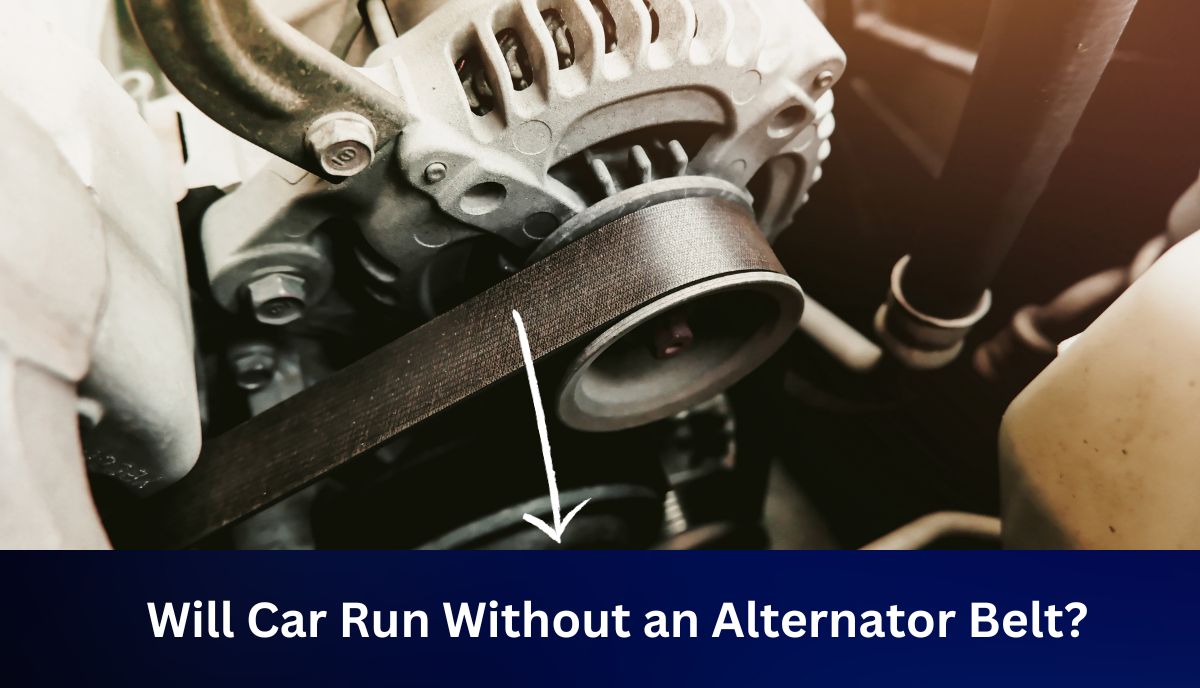Yes, a car can run without an alternator belt, but it’s not advisable for an extended period. The vehicle may continue running, but the alternator won’t work, leading to the depletion of the battery. The engine will eventually refuse to start, and power steering may be affected, posing potential safety risks. Consult a mechanic before driving without an alternator belt.
Many laypeople dismiss the importance of the alternator belt because they don’t know what it does or how it works. This paper in Mechanism and Machine Theory Volume 116 (2017) associates the belt with the operations of the alternator, water pump, power steering, etc.
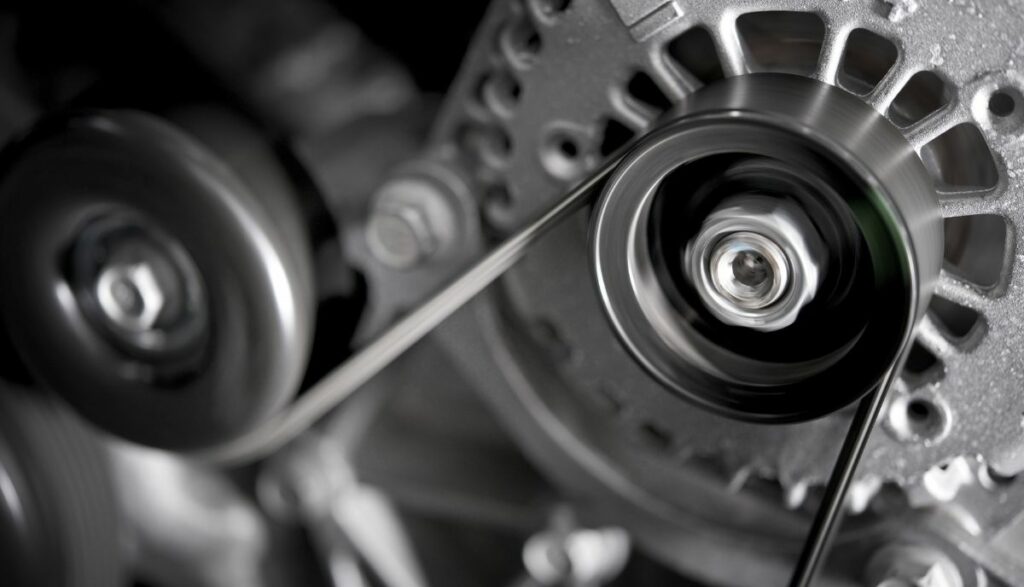
The belt transmits power from the crankshaft to other accessories. In other words, you shouldn’t ask whether a car will run without the alternator belt. Instead, you should question whether the vehicle can get by without a functional alternator, water pump, air conditioner, or any of the other accessories the belt powers.
The number of belts you see under the hood will influence the impact of a missing alternator belt. Vehicles with one primary belt are problematic because the alternator belt runs everything. You have more leeway if your engine uses a separate belt for the water pump.
What Happens If The Belt Is Missing?
You can’t ignore a damaged or missing belt. The vehicle will alert you that things have gone wrong by manifesting the following symptoms:
1). The Engine Temperature Will Climb
This is your biggest threat. Many modern vehicles use one alternator belt to run multiple accessories. They have a belt tensioner that keeps the belt taut and idler pulleys, which create the belt’s serpentine shape.
A vital accessory that relies on the alternator belt is the water pump. The water pump maintains optimal temperatures below the hood by pumping coolant through the system to combat excess heat.
A water pump that won’t work because of a missing alternator belt can attract catastrophic consequences for the car. The experts at Christian Brothers Automotive expect an engine to suffer potentially irreparable damage within minutes once the coolant stops flowing. The following signs will tell you that your vehicle’s water pump is not working:
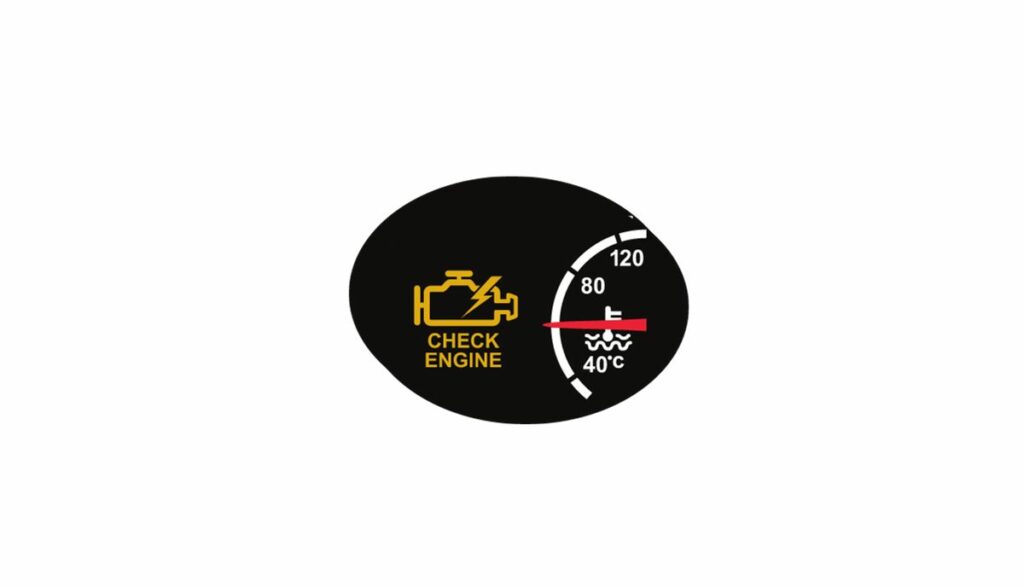
- The ‘Check Engine Light’ will come on.
- Steam will emanate from the radiator.
- The temperature gauge will spike.
- You may hear unusual sounds.
You can drive a car with a leaking water pump if you keep adding coolant. However, that option doesn’t exist for water pumps that refuse to work.
2). The Car Will Lose Power
Where does the car get the power to run electronic accessories, such as the radio and lights? Many laypeople think the battery performs that task, but they are wrong. The battery will start the engine.
However, in a running engine, the alternator replaces the battery. Firestone Complete Autocare calls the alternator a small generator. It turns mechanical energy from the alternator belt into electricity.
That mechanical energy comes from the crankshaft pulley. A missing alternator belt prevents the alternator from generating electricity. As such, the electrical components in your car won’t work. Remember that alternators don’t store power. They merely supply it.
3). The Vehicle Won’t Start
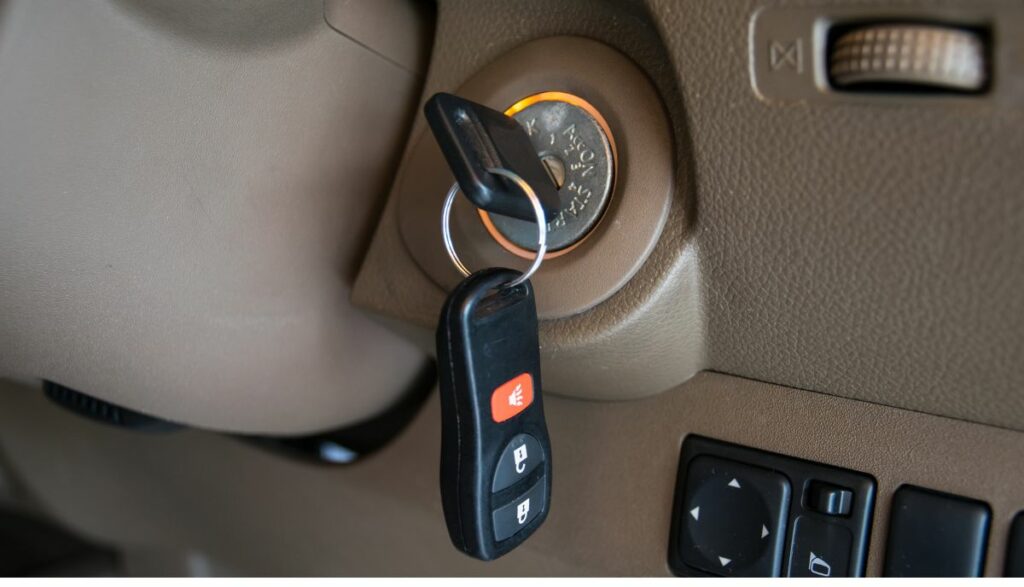
Unlike the alternator, the battery can store electricity. That matters because the battery provides the charge that starts your engine. This raises a question. What prevents the battery from discharging completely?
The alternator is responsible for keeping the battery charged. This happens while the engine is running. When the engine stops, you risk depleting the battery by running the electronic accessories.
Those electronic accessories will pull power directly from the battery because the alternator cannot supply electricity when the engine is off.
A similar outcome will occur if you drive the car after removing the alternator belt. Because the alternator doesn’t work, the battery will meet the vehicle’s electrical needs. Eventually, you will deplete it. A car with a dead battery cannot start.
What if this happens while you’re on the road? The car will keep moving. The engine doesn’t need the battery to run once you start it. Even after shutting the engine down, you can connect an external charger to revive and charge the battery, which allows you to start the car. But such a setup is not sustainable.
Is It Safe To Drive Without An Alternator Belt?
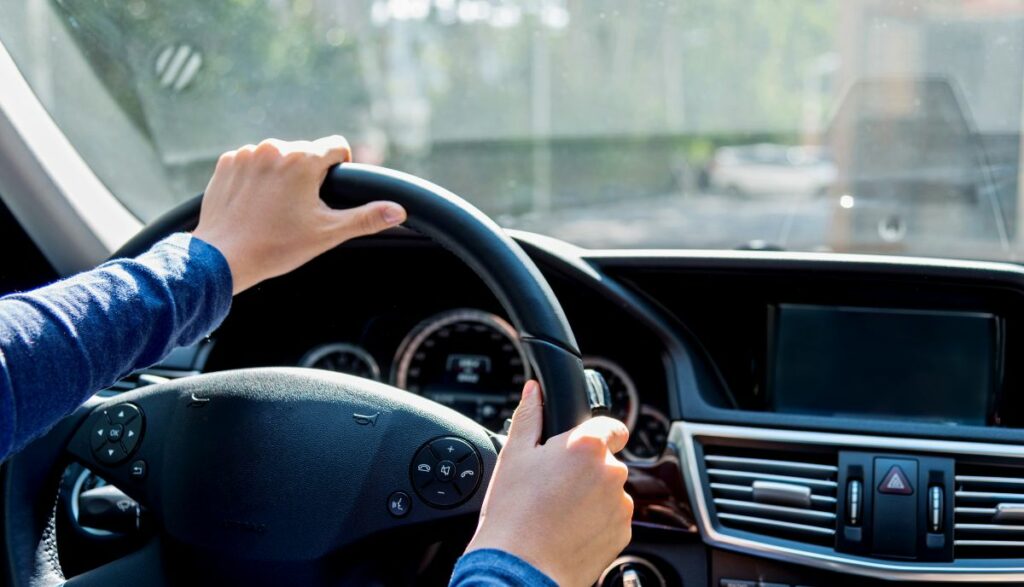
The electronic accessories won’t work if the alternator fails. But that won’t make the vehicle a threat to you or other drivers on the road. Eventually, the battery will deplete, and the engine will refuse to start. But again, that is not a threat. Your biggest challenge is power steering.
Modern cars have a mechanism that reduces the effort a driver uses to turn the steering wheel. This enhances maneuverability.
A missing belt can disrupt the power steering. This can lead to an accident, especially if the steering wheel refuses to respond as expected. But again, that will only happen if a single alternator belt runs everything in the engine, including the power steering.
Consult a mechanic before taking a vehicle with a missing belt on the road. Some models are incredibly sophisticated, and you can’t predict their reaction to a missing belt.
How Long Can A Car Run Without An Alternator Belt?
- What does the belt do? Does it run the alternator alone? Or does it power the water pump as well?
- If the belt is missing, the alternator won’t work. This is not a problem if the vehicle is already on the road. The car will continue to run. However, you will deplete the battery, which is a problem. Once you stop the engine, it won’t start again.
- You can reduce the strain on the battery by shutting all the electronic accessories off. That is only possible during the day. At night, you need the lights. Depending on the health, age, and brand, it may take minutes or several hours to deplete the battery. Either way, you have enough time to drive to a repair shop.
- If the belt runs the water pump, you won’t get far. The engine may overheat after a few hundred yards. Don’t take any chances. Park the vehicle and tell the mechanic to come to you.

